Puchegüín is a vibrant landscape teeming with life. From unique wildlife and plants to diverse ecosystems and cultural artifacts, this campaign aims to safeguard a place of exceptional value. Explore the wonders we seek to protect below.
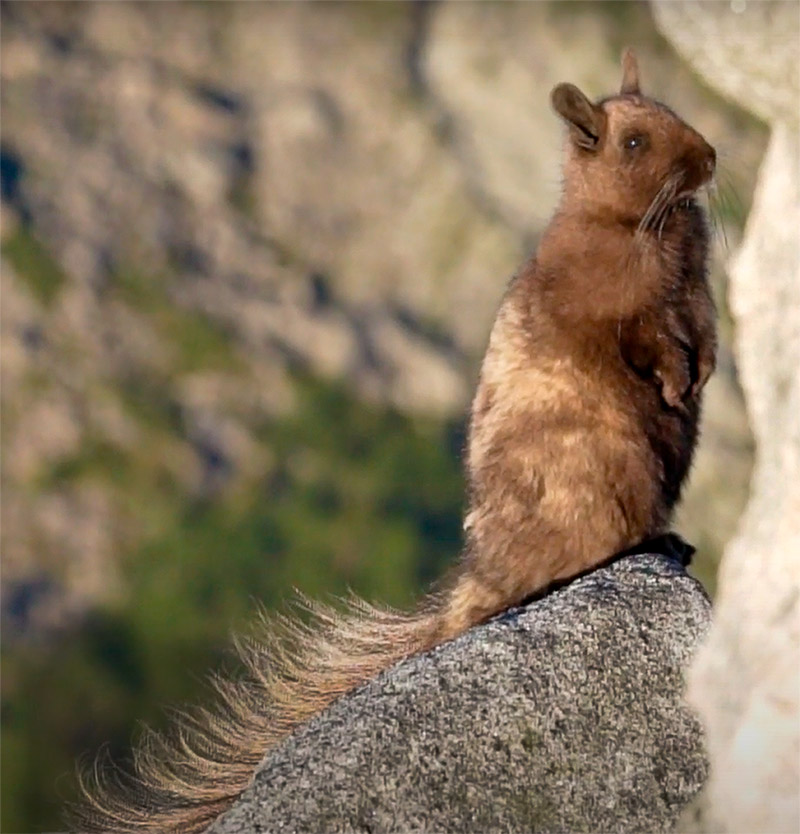
Vizcacha Austral
Lagidium wolffsohni
A member of the chinchilla family, this herbivorous rodent inhabits Patagonia’s mountains. Distinguished by its long, grayish fur and bushy tail, the Southern Viscacha has remarkable agility. Within Puchegüín, sightings have been documented along the forest edges and within the chaura (shrubland) ecosystems of the Cochamó and Leones River valleys, where its characteristic whistle can be heard echoing amongst the rocks.
Huemul
Hippocamelus bisulcus
This endangered deer inhabits the high Andes of Chile and Argentina. Huemul populations have declined to an estimated 2,000 individuals – representing a 99% reduction in the species. The presence of huemul in Puchegüín’s southern sector suggests a well-preserved mountain ecosystem, highlighting the importance of this area in combating biodiversity loss.
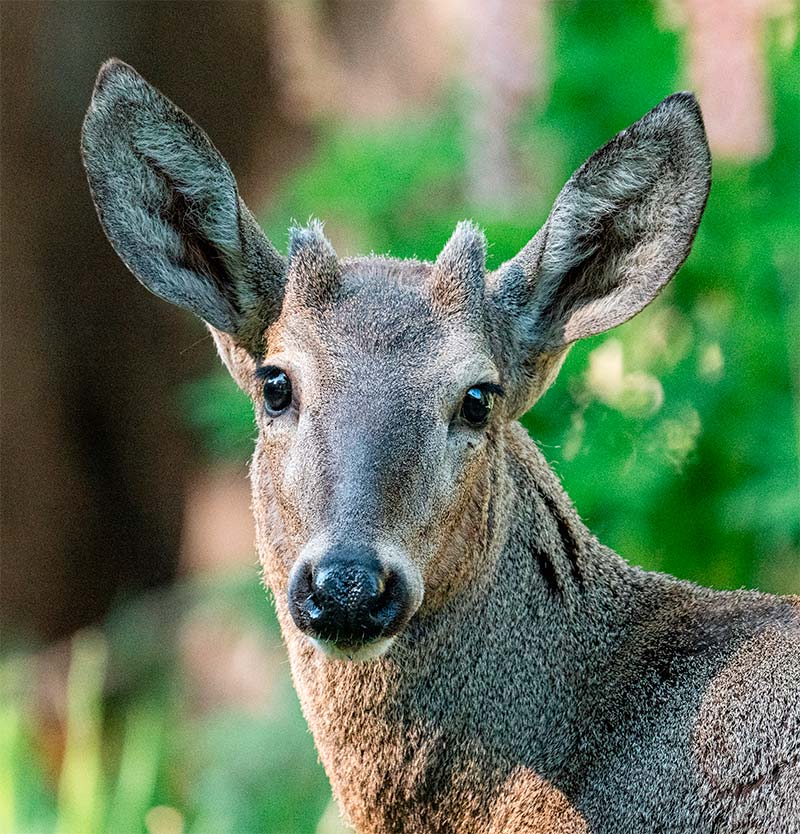
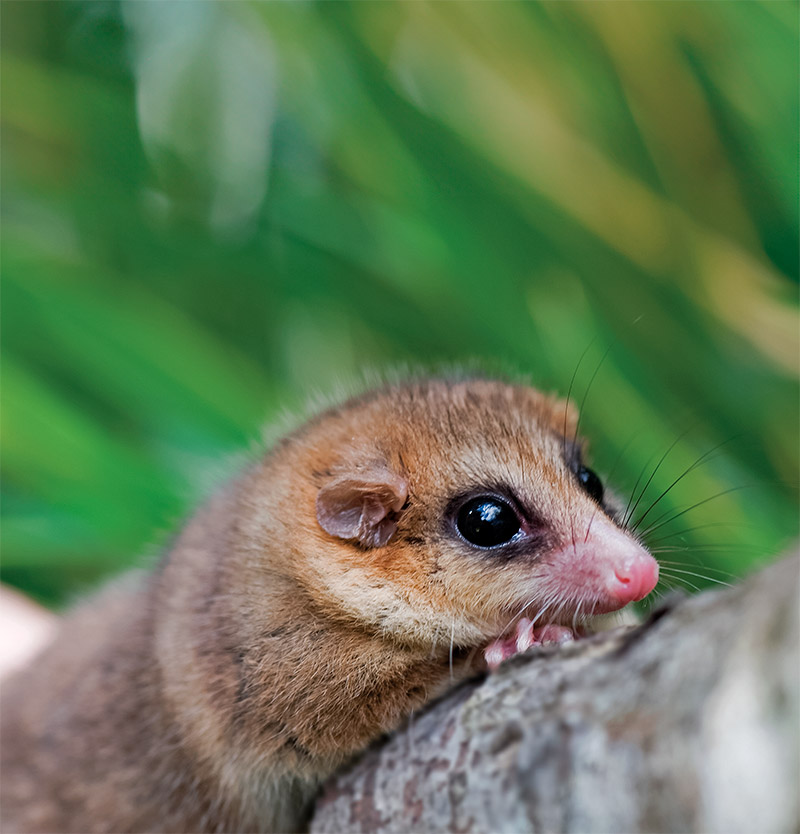
Monito del Monte
Dromiciops gliroides
This endemic, arboreal marsupial from Chilean and Argentinian temperate rainforests represents a “living fossil,” the most primitive marsupial known. As an omnivore consuming insects, eggs, and fleshy fruits, it plays a vital role in native forest regeneration. Habitat loss and fragmentation pose significant threats, making Puchegüín’s extensive primary forests a crucial refuge for this unique species.
Darwin’s frog
Rhinoderma darwinii
This tiny, endangered amphibian inhabits the temperate forests of southern South America. Famous for its unique breeding method, where males incubate tadpoles in their vocal sacs, it thrives on the forest floor near streams. Habitat loss, climate change, and disease threaten its existence. Puchegüín’s primary forests provide crucial refuge for this iconic species.

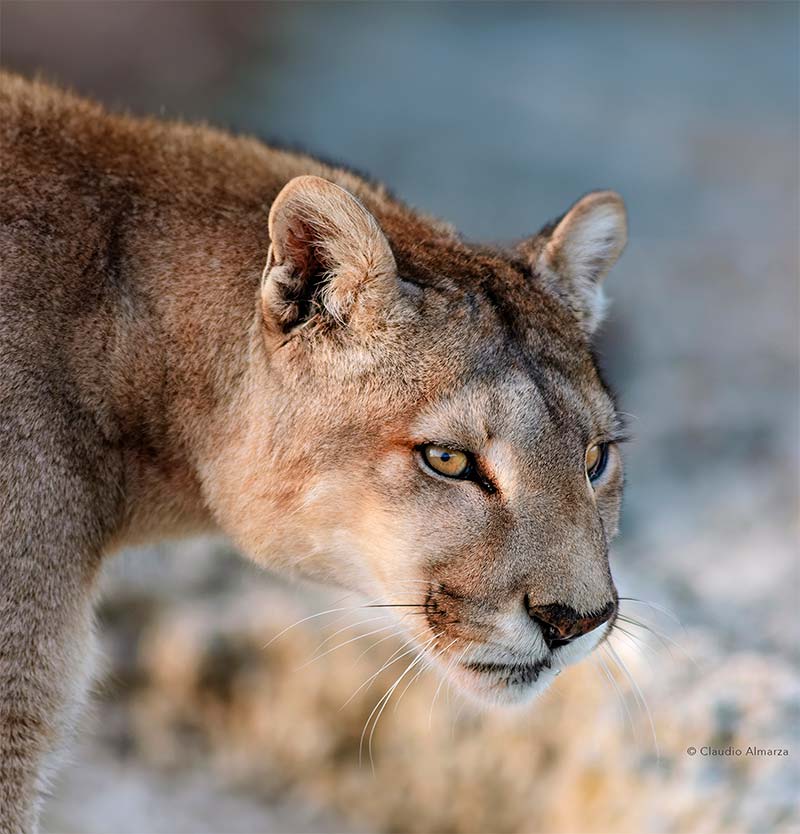
Puma
Puma concolor
Chile’s apex predator, this large felid lives across the Americas, from Canada to South America. Adaptable to diverse habitats, Puma populations face threats due to habitat fragmentation and prey scarcity. Within Puchegüín, they primarily inhabit high, remote areas, though occasional sightings occur in valley bottoms.
Andean Condor
Vultur gryphus
This vulture, one of the largest flying birds in the world, inhabits the Andes mountain range from Venezuela to Chile’s Cape Horn. Reaching a wingspan exceeding 3 meters, the Andean Condor soars above Puchegüín’s granite peaks, often observed perched on remote cliffs. This iconic species holds significant cultural importance throughout the Andean region.
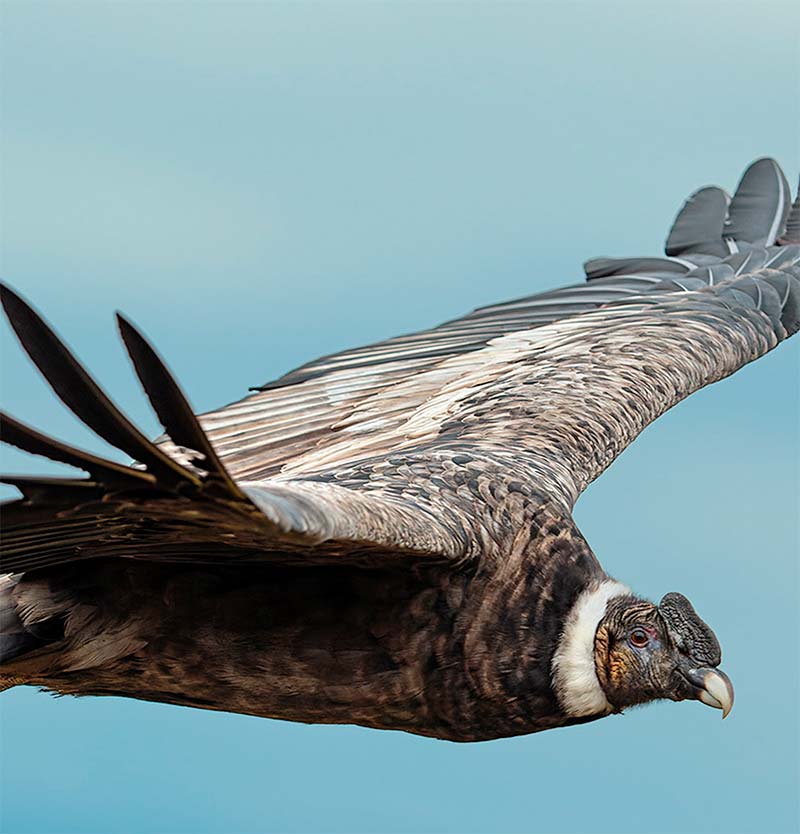
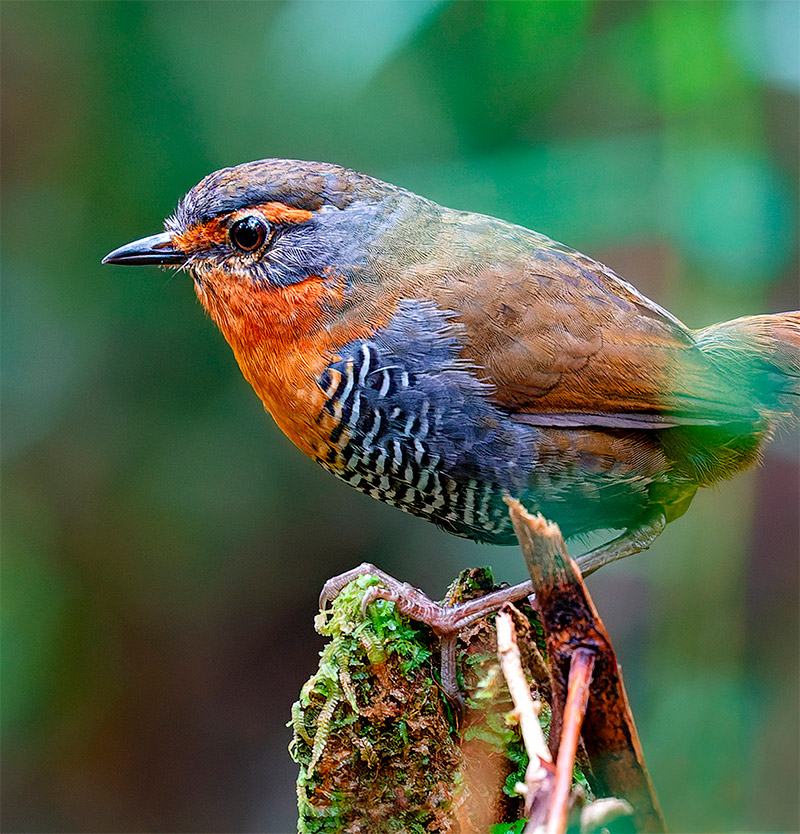
Puye Grande
Galaxias platei
This endemic Patagonian fish thrives in vegetated streams and lake depths. Adapted to cold water and low oxygen environments, Puye Grande populations within Puchegüín hold unique genetic diversity due to isolation during past glaciations. Preserving this genetic variation is crucial for their long-term survival.


Alerce
Fitzroya cupressoides
This long-lived conifer, endemic to the Valdivian temperate rainforests of South America, finds refuge within fragmented pockets. Reaching ages exceeding 3,000 years, alerces represent valuable climatic and environmental archives. Habitat fragmentation and climate change pose significant threats to their survival. Protection efforts like those targeting Cochamó’s 23,000 hectares of alerce habitat are crucial for regional conservation.
Primary forests
These untouched ecosystems, vital in the fight against climate change, store carbon, protect soil and water, regulate water flow, and retain nutrients. Globally, they cover only 7% of land – and are in sharp decline – but hold 35% of native forests. Puchegüín’s extensive primary forests (>58,000 hectares) serve as a crucial biological corridor for Northern Patagonia’s temperate rainforests.

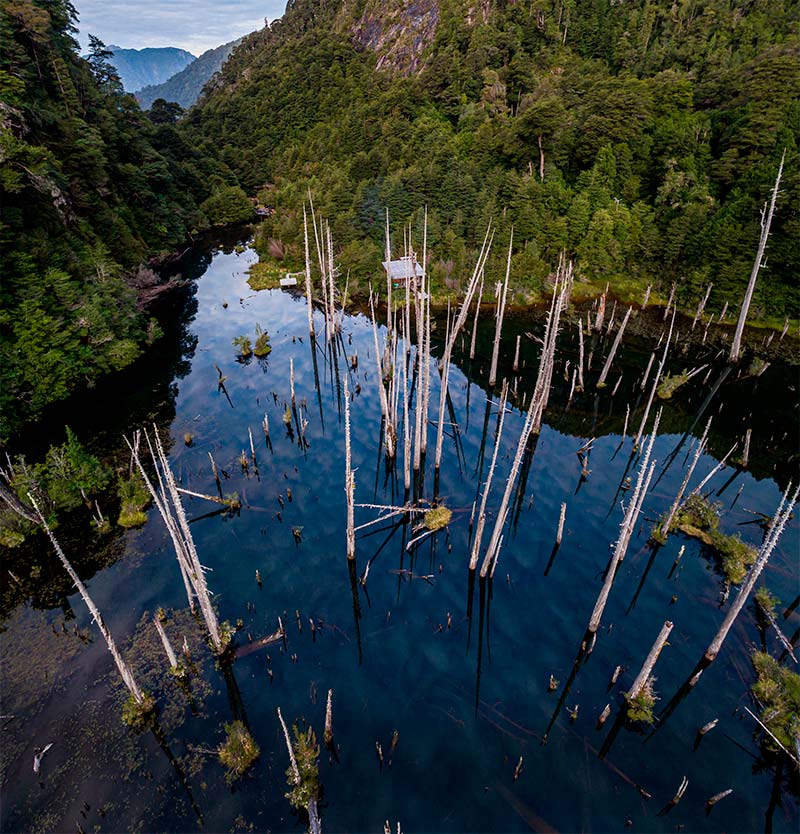
Wetlands
These critical ecosystems act as natural sponges, storing water during dry periods and filtering pollutants. Puchegüín’s riparian and lake wetlands play a vital role in regulating water quality and providing habitat for diverse species, ultimately contributing to the health of the Reloncaví Estuary.
Glaciers
Glaciers are vital freshwater reservoirs, regulating downstream ecosystems and providing essential surface water for human communities. Particularly critical in the context of climate change, glaciers contribute significantly to summer water supplies. Within Puchegüín, over 500 hectares of glaciers are concentrated in the Valle del Frío, highlighting the property’s unique hydrological importance.
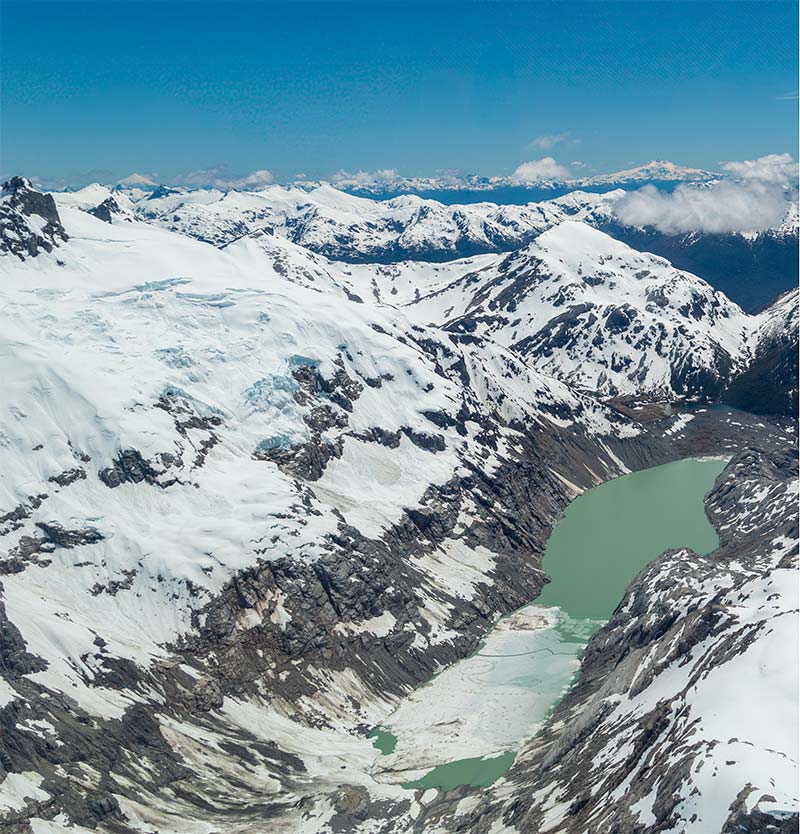

Granite walls
Nicknamed the “Yosemite of South America,” the Cochamó region is renowned for its towering, exposed granite walls that call to mind its North American counterpart. These sheer cliffs have been sculpted by glacial erosion over millennia and rise as high as 1,000 meters from the valley floor. A haven for experienced climbers, these walls also serve as a captivating canvas for studying the forces that have shaped Patagonia’s iconic landscapes.
Cave paintings
Pictographs or cave paintings are ancient drawings on rocky slabs or isolated blocks. In Puchegüín’s Lake Vidal Gormaz sector and Torrentoso locality, three sites have been identified with cave paintings dated between 1300 and 700 B.C. (late Holocene). Represented by abstract geometric motifs called “grecas,” these paintings provide a glimpse into ancient Tehuelche life and the movement of populations through the mountain ranges of Chile and Argentina.


Arriero-gaucho culture
Generations of mountain communities have made their home in Puchegüín’s rugged valleys, carrying a deeply rooted “arriero-gaucho” culture characterized by herding animals across the Andes on horseback. With a way of life closely tied to the land, these communities make their living through small-scale farming and livestock, as well as nature-based tourism.
Public access
Puchegüín’s landscapes and natural beauty attract thousands of outdoor enthusiasts every year. Climbers from near and far come to the region in search of its challenging routes and world-renowned walls. Protecting Puchegüín will ensure that everyone can enjoy its natural wonders, while safeguarding the ecosystem and supporting the livelihoods of the area’s local communities.









